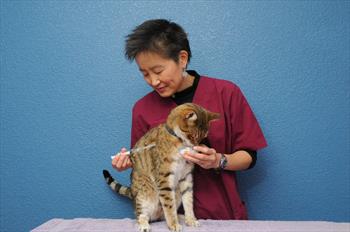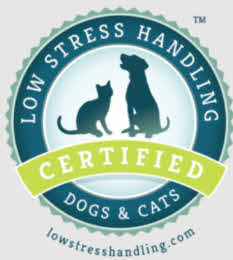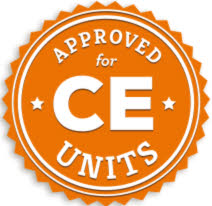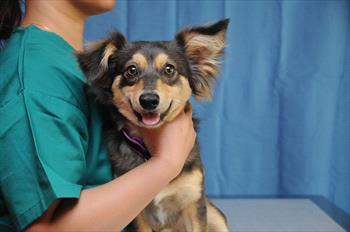Edited 2017
Being a strong contributing member of a veterinary hospital team is about keeping your education current.
From information on diabetes or heart conditions to better bedside manner and handling end-of life issues, it’s this new information, new views plus, tricks and tips for doing anything better, that keep the job fresh. What’s one area of continued education that can affect medicine on all levels? Low Stress Handling®. It gives you the ability to treat more patients more effectively and efficiently regardless of the type of medical condition as well as putting clients at ease by demonstrating your compassion and credibility.
Veterinarian Audrey Marquis, who uses Low Stress Handling® regularly, agrees, “We were attracted to this profession first and foremost because of our love for animals. After a few years of being bitten, working with fearful animals that attack you, and using force because that’s the way it’s done; no wonder people quit. If Low Stress Handling® can help us appreciate what we do more, it’s worth it!

Certification is for individuals as well as hospitals
Now, individuals, as well as entire hospitals, can get trained on Low Stress Handling® concepts and skills. in 2017 CattleDog Publishing launched the Low Stress Handling® University to present Dr. Yin’s Low Stress Handling® Certification Course online.
The program consists of 10 online lecture/lab courses, which earn veterinary staff 20 AAVSB approve CEU. CCPDT and IAABC CEU are available for dog trainers.
To help students get the most out of the program, students can download the Low Stress Handling Certification Workbook, which includes study tips, discussion questions, practice exercises, and a scoring rubric for the many techniques.
In this program, students will learn to:
- Recognize the overt and subtle signs of fear and anxiety in dogs and cats. Identify common mistakes people make when approaching and greeting pets that can make animals more fearful or aggressive. Learn to approach and handle animals in a relaxed, non-threatening manner.
- Identify the sights, sounds, smells, and surfaces in your practice may be increasing the stress in your patients. Discover ways to create a calmer, safer, and more secure work environment.
- Perform 5 methods for controlling the rear and 7 methods for controlling the front end of animals requiring restraint. Determine which directions (front, back, right, left, up and down) each hold controls. Evaluate which restraint hold is best for a given animal and procedure.
- Understand how every interaction — how you approach, pick animals up, move them from place to place, or restrain them – affects the animal’s perception of you and their willingness to cooperate. Learn how to position your body and adjust your movement to provide the direction and guidance the animal needs.
Low Stress Handling Certification is a program that benefits professionals as well as any person that works with animals. You’ll save time immediately because you will now have a calming effect on the pets you need to examine, while creating a safer, more efficient workplace. Clients will be more confident in the level of care they are receiving. Certification will pay for itself with the satisfaction you’ll experience for yourself as well as the word of mouth from happy customers.
Sign up today at LowStressHandling.com





